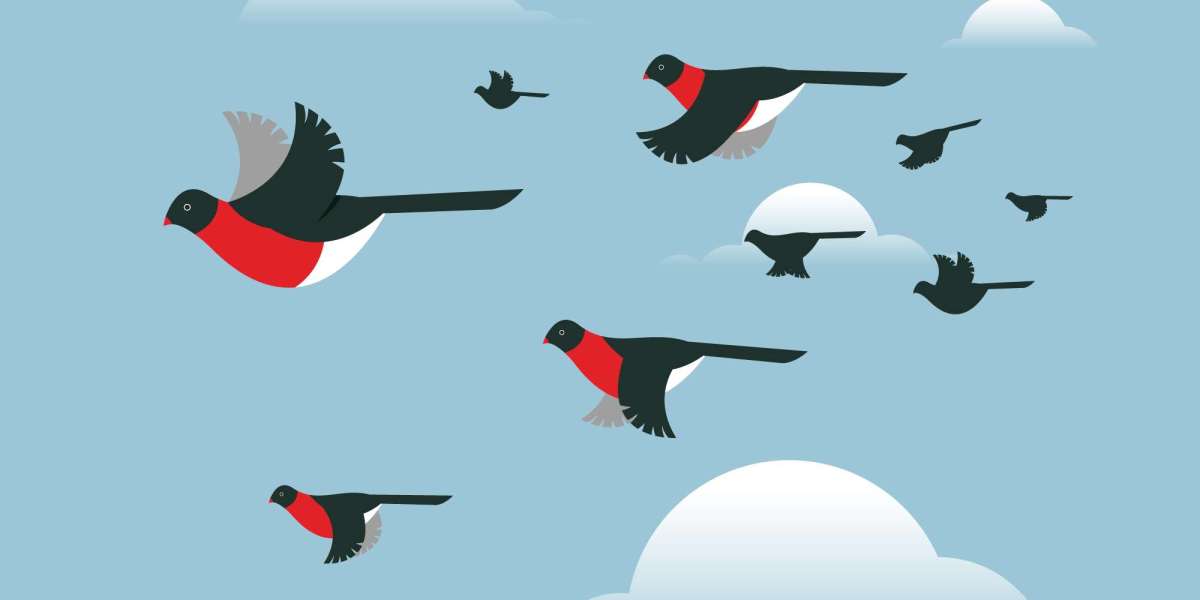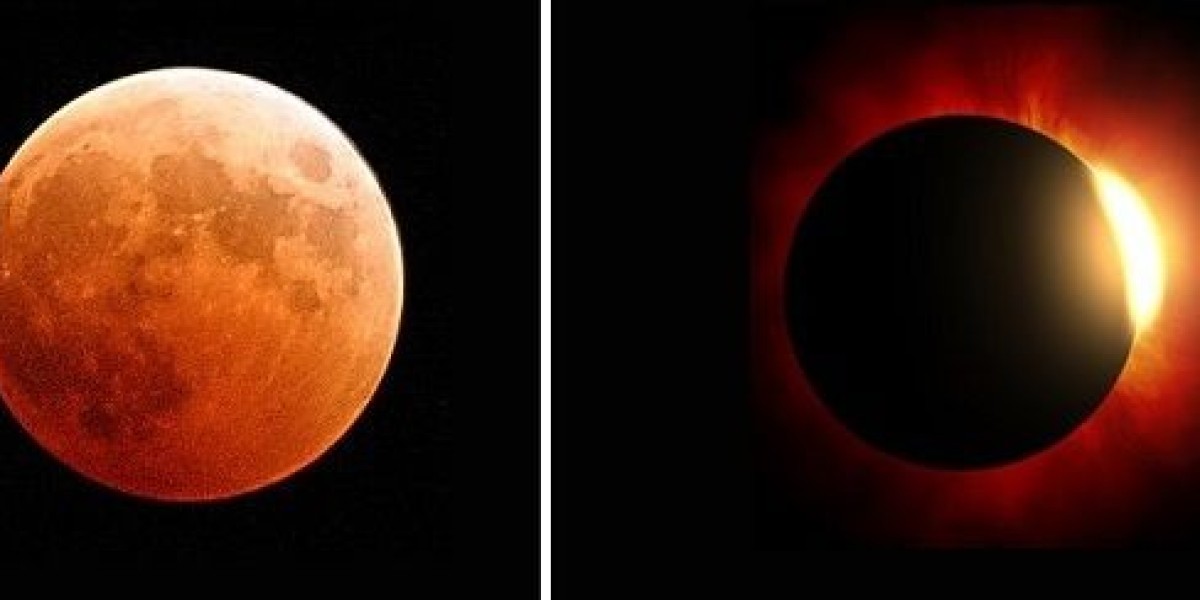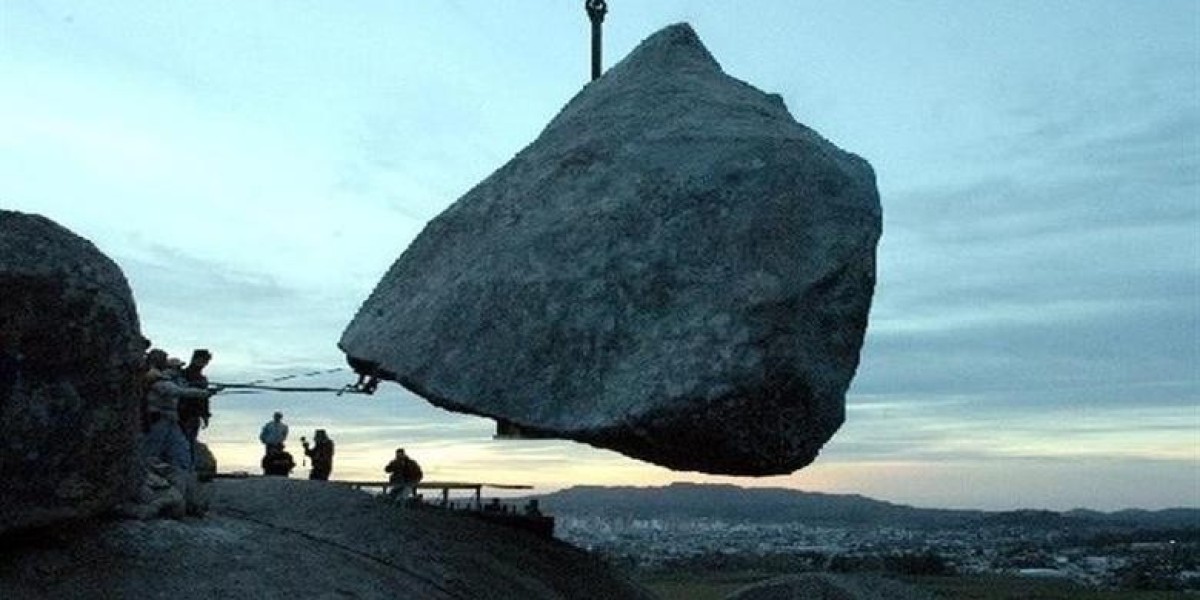article image source: freepik.com (link)
When autumn paints the skies with migrating flocks, many of us pause to admire that elegant V-shaped formation gliding gracefully across the horizon. But beyond its visual beauty lies a marvel of nature’s engineering — a flight strategy that balances physics, biology, and teamwork.
advertisement
The Science Behind the V
Birds like geese, ibises, pelicans, and storks often travel vast distances between breeding and feeding grounds. To survive these demanding journeys, they must conserve as much energy as possible — and that’s where the V formation comes in.
When a bird flaps its wings, it pushes air downward, generating lift to keep itself aloft. This motion creates a pattern of air currents: a downward flow (downwash) directly behind the bird and upward flows (upwash) along the wingtips. The birds flying slightly behind and off to the side of the leader align themselves in those zones of upwash, gaining a gentle aerodynamic boost that helps them stay airborne with less effort.
This phenomenon, known as “drafting”, allows each trailing bird to benefit from the airlift generated by the one ahead. Studies on northern bald ibises equipped with GPS and accelerometers revealed that these birds even synchronize their wingbeats with incredible precision to maximize lift and avoid downdrafts. It’s a feat that demands both spatial awareness and cooperative timing — something scientists once thought birds couldn’t manage.
Teamwork in the Sky
Flying in a V isn’t just about physics — it’s about collaboration. Birds take turns leading the formation, allowing tired individuals to fall back and recover in the more energy-efficient positions behind. This rotation means the entire flock can travel farther without exhausting any single member.
The formation also serves as a communication and coordination system. Each bird has a clear view of its neighbors, making it easier to stay aligned, respond to shifts in direction, and maintain cohesion. In many ways, it’s an aerial display of distributed leadership — a natural model of teamwork where responsibility is shared, encouragement is mutual, and success depends on cooperation.
When geese honk during flight, for instance, it’s not random noise — it’s believed to be a way of motivating the leaders and maintaining rhythm within the group. If one bird falters or falls behind, others often accompany it until it recovers or rejoins the formation. Nature, it seems, values compassion as much as coordination.
Energy Efficiency and Evolutionary Advantage
The aerodynamic benefits are remarkable. Birds flying in a V formation can reduce their energy expenditure by 20–30 percent compared to flying solo. This energy savings translates into longer migration ranges, higher survival rates, and more successful breeding seasons. Over thousands of generations, this cooperative strategy has been fine-tuned into an instinctive behavior — a natural outcome of evolution’s pursuit of efficiency.
While large birds like geese and ibises master this art of flight, smaller birds often don’t use V formations because their rapid wingbeats create more chaotic air patterns that make drafting impractical. The V is a privilege of the long-winged gliders of the skies.
Lessons from the Flock
Beyond its scientific brilliance, the V formation offers a profound metaphor for human teamwork and leadership. Each bird contributes to the group’s progress, takes its turn at the front, and supports others when needed. Success comes not from one strong leader, but from shared effort, synchronization, and trust.
In workplaces, communities, or any collaborative effort, the lesson is clear: when we align our goals, share responsibility, and lift one another — just as birds do — we can go farther together than we ever could alone.
Conclusion: Harmony in Motion
The V formation is more than a flight pattern; it’s a living symbol of balance between individuality and unity. It reveals how nature finds elegance in efficiency, how physics meets cooperation, and how survival is achieved through shared purpose.
Next time you look up and see a V gliding across the evening sky, remember — you’re witnessing not just a migration, but a timeless dance of aerodynamics, awareness, and unity. In every wingbeat, there’s a reminder that strength is multiplied when we move forward together.
Sources
TrainingOnline4U – Why Do Geese Fly in a V? Lessons for Developing Leadership
BBC Science Focus – The Ingenious Reason Birds Fly in a V Formation
Thank you !








